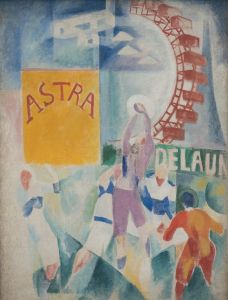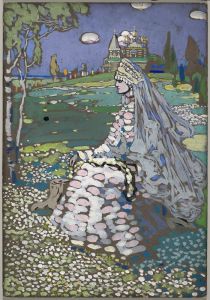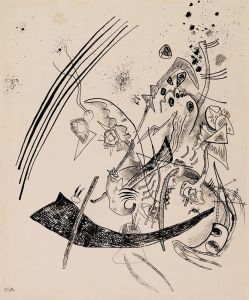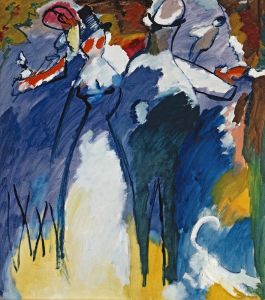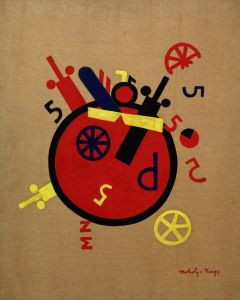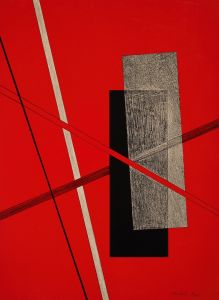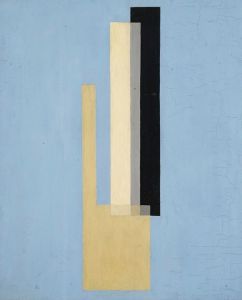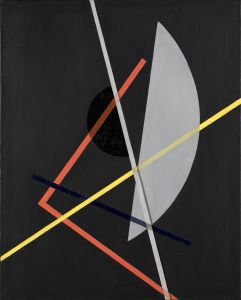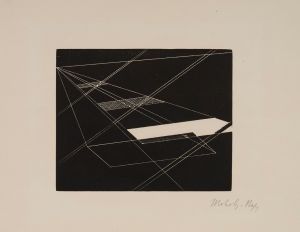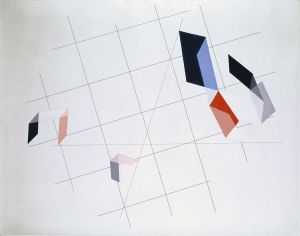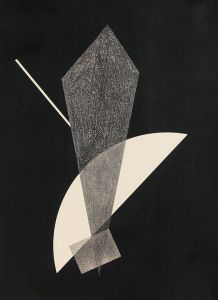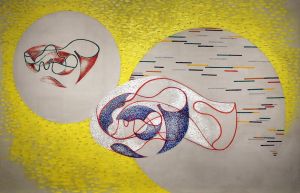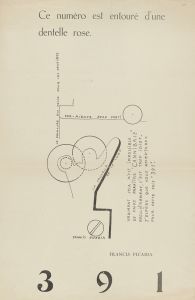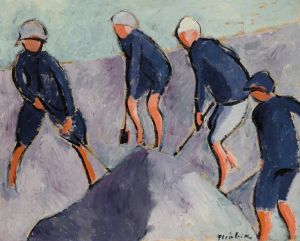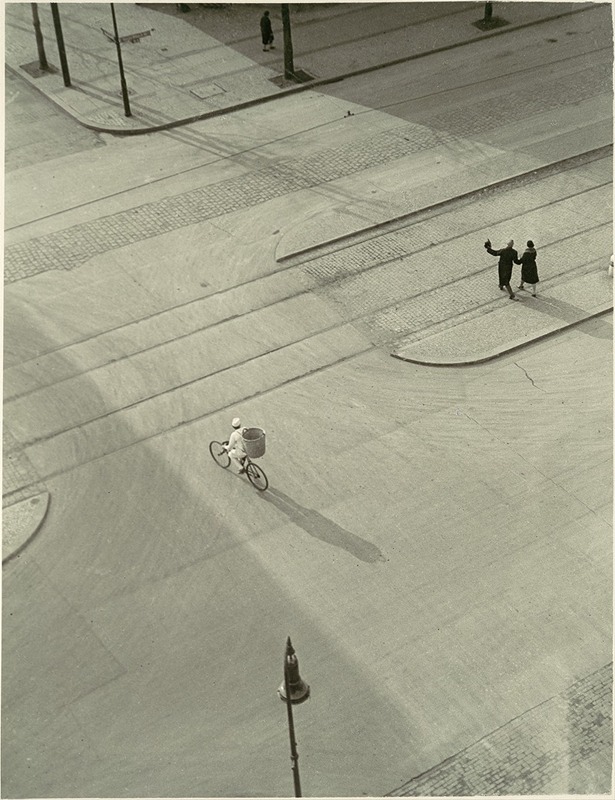
7 A.M.
A hand-painted replica of László Moholy-Nagy’s masterpiece 7 A.M., meticulously crafted by professional artists to capture the true essence of the original. Each piece is created with museum-quality canvas and rare mineral pigments, carefully painted by experienced artists with delicate brushstrokes and rich, layered colors to perfectly recreate the texture of the original artwork. Unlike machine-printed reproductions, this hand-painted version brings the painting to life, infused with the artist’s emotions and skill in every stroke. Whether for personal collection or home decoration, it instantly elevates the artistic atmosphere of any space.
László Moholy-Nagy was a Hungarian artist and educator, known for his innovative approach to art and design, particularly in the fields of photography and painting. He was a prominent figure in the Bauhaus movement, which sought to integrate art, craft, and technology. Moholy-Nagy's work often explored the relationship between light, space, and form, and he was a pioneer in the use of new materials and techniques.
"7 A.M." is one of Moholy-Nagy's works that exemplifies his interest in abstraction and the interplay of light and shadow. While specific details about the painting "7 A.M." are not widely documented, Moholy-Nagy's broader body of work provides context for understanding his artistic approach. His paintings often feature geometric shapes and a limited color palette, emphasizing the structural elements of composition. Moholy-Nagy was influenced by Constructivism and the De Stijl movement, which is reflected in his use of clean lines and an emphasis on order and harmony.
Throughout his career, Moholy-Nagy was deeply interested in the potential of technology to transform art. He experimented with photography, film, and photomontage, and he was one of the first artists to explore the artistic possibilities of light. His "Light-Space Modulator," a kinetic sculpture, is a notable example of his work in this area, demonstrating his fascination with the movement and manipulation of light.
In addition to his artistic practice, Moholy-Nagy was a dedicated educator. He taught at the Bauhaus school in Germany, where he was instrumental in developing the curriculum that integrated art, design, and technology. After leaving Germany due to the rise of the Nazi regime, he continued his teaching career in the United States, where he founded the New Bauhaus in Chicago. This institution later became the Institute of Design, part of the Illinois Institute of Technology, and it played a significant role in shaping modern design education.
Moholy-Nagy's influence extends beyond his own work; he inspired a generation of artists and designers to explore new materials and techniques and to consider the role of technology in art. His writings, including the book "Vision in Motion," articulate his belief in the integration of art and life and the importance of innovation in artistic practice.
While specific information about "7 A.M." is limited, understanding Moholy-Nagy's broader artistic philosophy and contributions provides insight into the potential themes and techniques present in the work. His legacy as a pioneer of modern art and design continues to be celebrated, and his work remains an important part of the history of 20th-century art.





